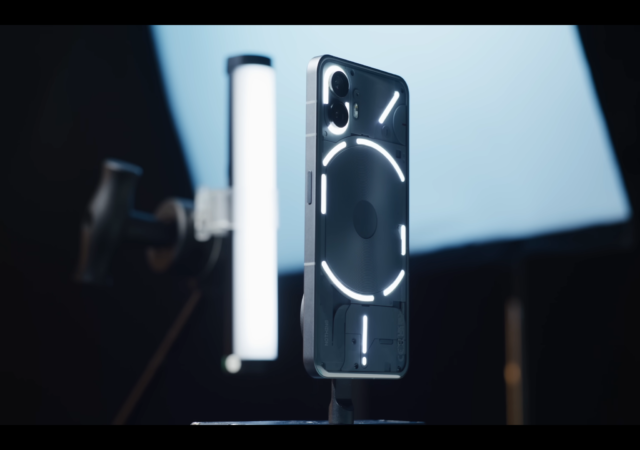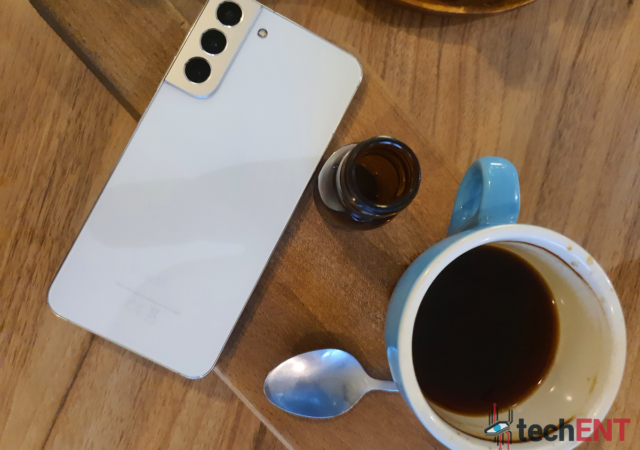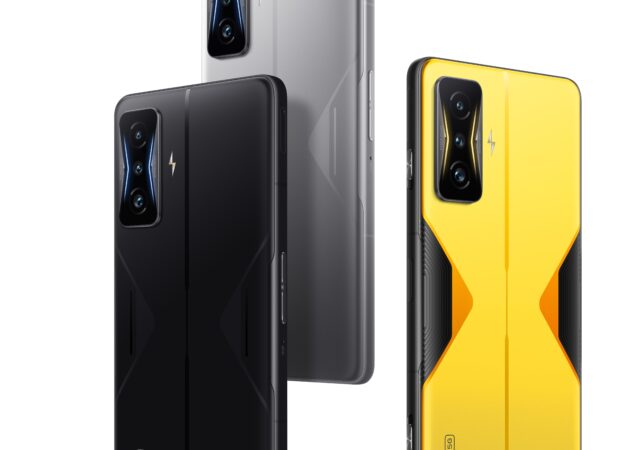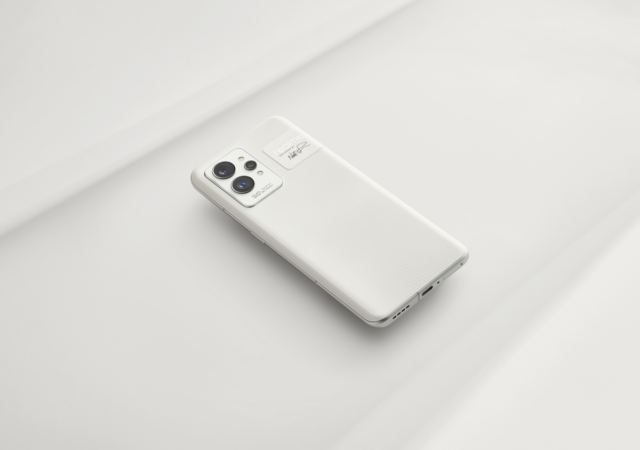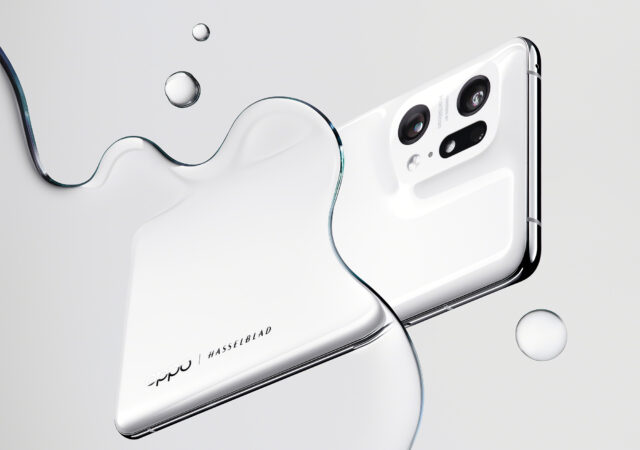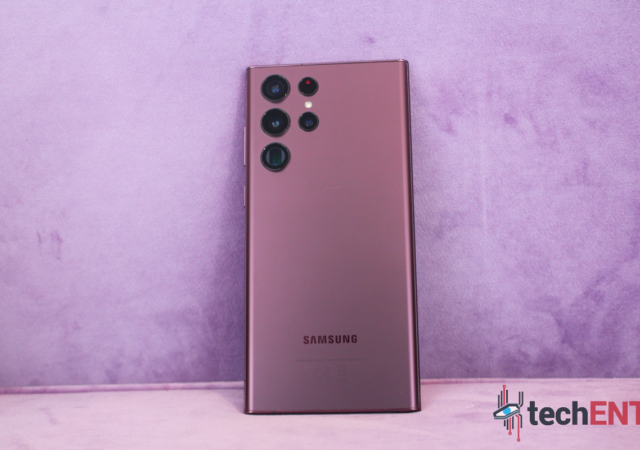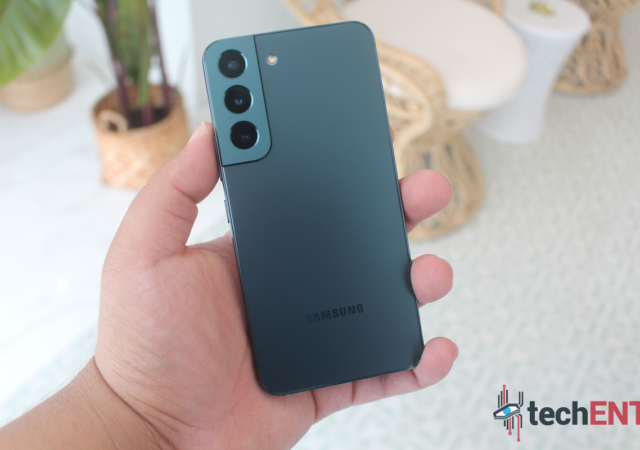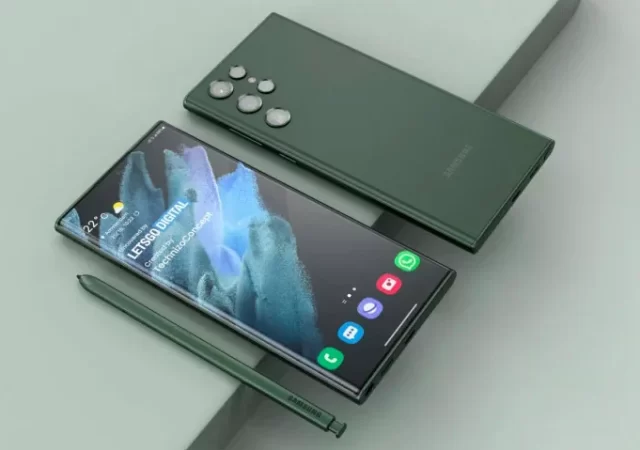The Galaxy S23 FE is here – find out why this formidably advanced phone with 8GB of RAM has caught the attention of tech reviewers.
Nothing Phone (2) Drops on July 15 in Malaysia
Nothing is on a roll when it comes to teasing their upcoming Phone (2). Nothing’s founder, Carl Pei, has been dropping teasers for the Phone (2) on Twitter for over a month. Just last week, the company revealed the Phone…
Samsung Galaxy S22+ In-Depth Review: The Latest Refinement With A Little Bit More to Be Desired
Samsung’s Galaxy S22+ is one of their latest flagships on the market and brings their latest and greatest for everyone, but is it worth your money?
POCO Launches Their Latest Flagship, the F4 GT at MYR 2,299
POCO launches their latest flagship with Snapdragon 8 Gen 1 in Malaysia for MYR 2,299 onward. it comes with up to 12GB RAM and 256GB ROM.
Realme GT 2 Pro Makes Its Malaysian Debut
Realme has made a name for itself by offering affordable smartphones. However, the company has been uncompromising when it comes to features and value in its offerings with smartphones like the recently released Realme 9 series. That said, Realme is…
OPPO Debuts the MariSilicon X NPU with the Find X5 series
OPPO announces it’s new flagship Find X5 series complete with its MariSilicon X NPU which promises better picture and video quality.
The Galaxy Note Series is Back as the Samsung Galaxy S22 Ultra
Samsung brings back the Galaxy Note in the new Galaxy S22 Ultra complete with an updated S Pen and killer 108-megapixel camera.
Samsung Unveils New Galaxy S22 & Galaxy S22+
Samsung has just announced its new Galaxy S22 flagship series with new features, new technology and nightography.
Samsung Galaxy S22 Rumour Round-Up – Everything You Need To Know
Samsung is set to announce their new Galaxy S22 series in a few days. Here’s everything you need to know about the upcoming flagship.




